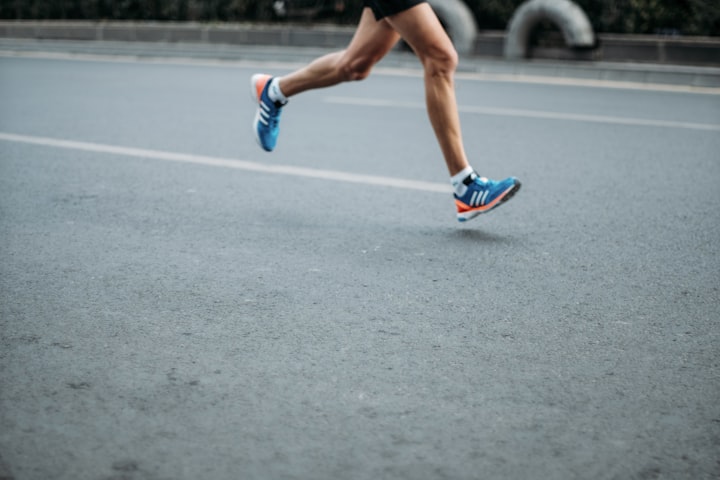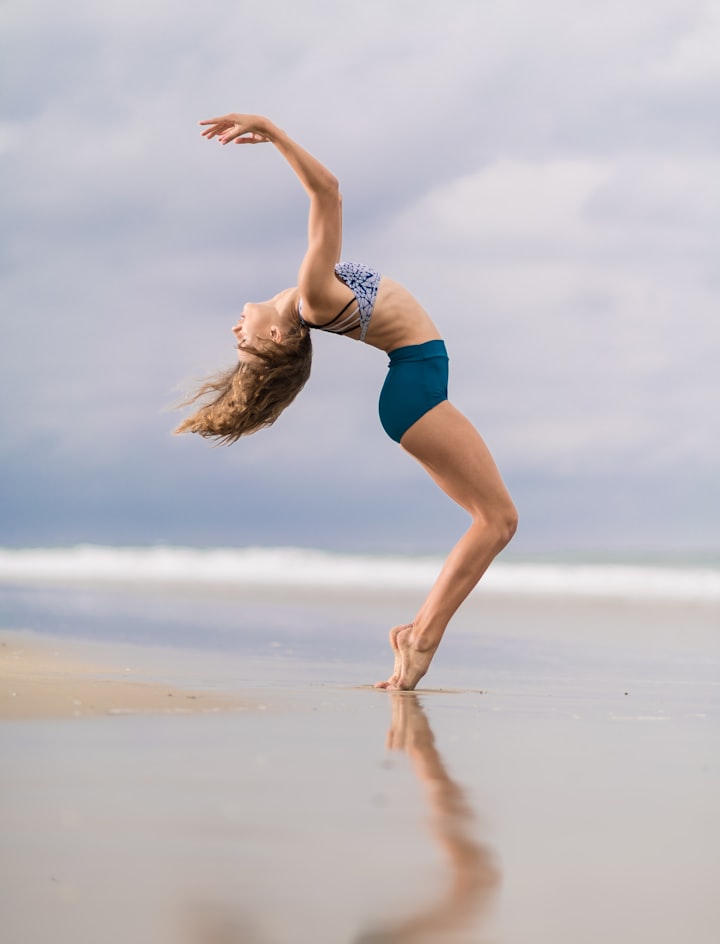Stay away from running knees!
Don't wait until you get an arrow in your knee!
In its June 2017 issue, the Journal of Orthopaedic & Sports Physical Therapy, a prestigious international medical journal, offers important conclusions and recommendations for the general public: the incidence of arthritis in fitness runners is only 3.5%, while the incidence of arthritis in sedentary people is 10.2%, but the incidence of arthritis in competitive runners is also 13.3%.
In general, running is good for joint health, but excessive, high-intensity running may cause joint problems. It's not running that hurts your knees, it's the wrong kind of running that hurts your knees.

I. Injury treatment
1, confirm and distinguish the injury site, the right medicine
Usually, the pain in front of the knee may be patellar tenderness/subluxation, bursitis, or arthritis.
The upper pain is usually due to quadriceps tendon injury, the lower pain is due to tibial tuberosity epiphysitis, and the pain on both sides is mostly due to meniscal injury or arthritis.
2, sports injury emergency treatment measures "RICE principle"
01. Braking
Braking is mainly to immediately stop the movement, so that the affected part is in a state of immobility.
02. cold compress
Running if you feel pain in the knee, you can use the method of cold compress, which is also the most obvious effect in the emergency disposal process.
This is because cold compresses reduce pain and spasm, reduce enzyme activity factors, and to some extent control the swelling that occurs 4-6 hours after the injury.
Use ice packs to apply ice to the painful area of the knee for 15 min each time, 2-3 times a day.
03. Take medication
In case of inflammation, anti-inflammatory drugs should be taken under medical supervision
04. Treatment
Knee injuries usually recover in about 2 weeks. If the pain does not disappear after self-treatment, you need to seek medical treatment.
II. Preventive measures
Instead of seeking relief after knee pain occurs, it is better to develop running habits that protect your knees first. The power of prevention is always better than remedy after the fact.
1, the correct running posture
When running should raise both arms, on the side of the body with the rhythm of the pace of natural swing, rather than drooping on both sides of the body, all rely on the legs in the run, which is more tiring and will ruin your body coordination.
Do not swing your arms from side to side while running, but swing them back and forth. Swinging from side to side will cause the diaphragm in the chest to become unstable, and it is likely to bypass.
Keep your lower plate stable when running, don't feel like jumping up with every step, and if you find yourself with a tendency to jump make sure to correct it as early as possible.
From the experience of runners.
Run to feel like a cat running, landing lightly, knees slightly bent, do not play straight knees on the ground. This can protect the knees, and run slowly, the first kilometer as a warm-up.
2, fully warmed up before running
Running a full warm-up preparation can make reduce knee injury. For the knee joint warm-up movements are squatting, in situ high leg, back kick, etc., can also jog the first kilometer as a warm-up.
This can enhance muscle elasticity and promote more synovial fluid secretion in the joint capsule to prevent knee injuries. Warm-up time should not be less than 2 minutes.
3, control the amount of running, avoid knee overload
If the exercise load exceeds the body's ability to withstand it, then it may break the balance of the injury, running volume is an important cause of injury.
If a period of running volume growth is too fast, or a period of daily running lack rest and recovery, it is easy to appear here and there as pain.
Three, stretching exercises
1、Half-moon pose
If you need, you can hold the wall with one hand to help balance. Stretch your left arm and place your left leg on the front of your right leg for 10-15 seconds, then change direction.
2、Butterfly Pose
Sit with your back straight and your feet facing each other. Gently push your knees to the floor until you feel your hips stretch.
If you feel pain, the knee can be a little further away from the root of the thigh. Take a deep breath, lean forward, and straighten your back as you return to the square.
3、Half butterfly stretch
With your palms behind you, lift your knees and place your feet on the floor.
Lift your left foot and place your left foot on your right knee (foot on the side of the uninjured knee), hold this pose for 10-15 seconds, then push your knee toward the ground for a bit and hold for another 10 seconds.
4、Pigeon Pose
Bend your right knee, straighten your left leg, straighten your back, position your hips in the middle, and feel your legs stretch, if you feel difficult, you can relax your hips to the right position.
These stretches can help you prevent and respond to knee injuries.
Paying attention to rest and injury prevention is the key to helping you stay out of pain and get back to running.







Comments
There are no comments for this story
Be the first to respond and start the conversation.